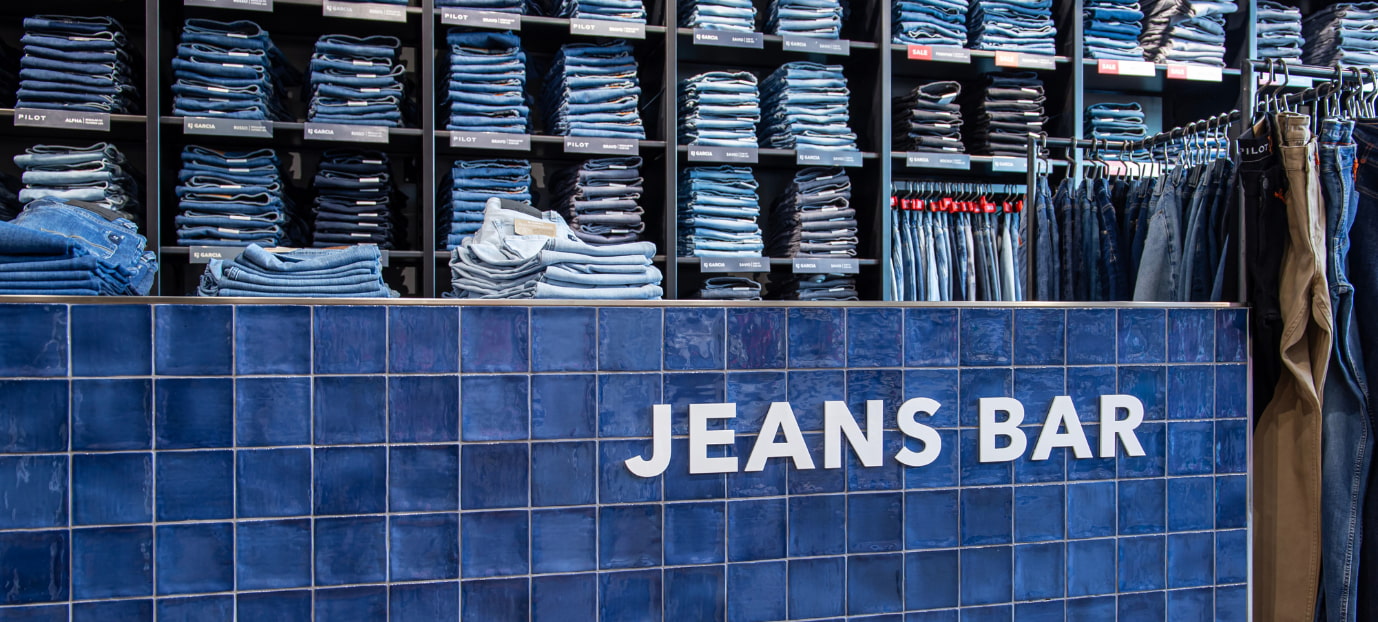The impact of the platform economy on Dutch brands and retailers


The Dutch retail market is undergoing a seismic transformation, driven by the rise of the platform economy. Online giants such as Bol.com and Amazon, along with newcomers like Temu and Shein, have captivated Dutch consumers with huge product variety, user-friendly interfaces, and low costs. As a result, traditional brands and retailers find themselves at a crossroads, facing intense pressure to adapt or risk being left behind.
Seemingly Dominant The digital platforms that Dutch retailers now find themselves competing against operate as marketplaces that connect supply and demand – without the overhead of in-house production – allowing for flexibility and scalability. They offer everything from electronics to fashion, serving as one-stop shops for consumers. The allure of extremely low prices, especially from platforms like Temu and Shein, is made possible through efficient supply chains and economies of scale.
Technological innovation is at the heart of these platforms' success. Heavy investments in technology result in seamless shopping experiences, personalized recommendations, and intuitive mobile apps. All that front-end quality is supported by streamlined logistics infrastructure enabling fast delivery times, often within a day, further enhancing customer satisfaction – and importantly, shaping the expectations placed on other retailers.
The dominance of these platforms presents significant challenges for traditional brands and retailers. They struggle to match the economies of scale and operational efficiency of online platforms, making it difficult to compete on price. These platforms often control the customer relationship, limiting brands' ability to engage directly with their audience. They manage significant portions of the value chain, from marketing to logistics, reducing the influence of traditional retailers. With platforms setting high standards for convenience and speed, consumers now expect the same from all retailers. So if you’re a Dutch retailer, what’s the solution?
Strategies To Compete Embracing an omnichannel strategy By developing an integrated shopping experience that seamlessly connects online and offline channels, retailers can meet consumers wherever they are. Synchronizing inventory, pricing, and promotions across physical stores, websites, and mobile apps allows for flexibility in delivery and pick-up options, catering to new customer expectations. You have to bring together all the channels you have access to because they’re often unattainable for large online platforms.
Strengthen brand identity Authentic brand positioning and storytelling can differentiate brands from the generic offerings of large platforms. Building an emotional connection with customers fosters loyalty and sets you apart from the competition. Crafting marketing campaigns that highlight the brand's history, values, and unique selling propositions, and ensuring consistent messaging across all channels, can significantly enhance brand recognition and customer loyalty. That’s something that most of the large online platforms struggle with because their scale challenges the development of character and image.
Invest in tech Enhancing online platforms with user-friendly interfaces, personalized experiences, and great customer service options means technology acts as an enabler rather than a barrier. This is something online platforms do very well, and it’s now become a requirement rather than a ‘nice to have’. Developing or outsourcing the creation of agile e-commerce solutions that can adapt quickly to market changes, and leveraging data analytics to understand customer behavior, are critical steps in modernizing your tech ecosystem.
Build customer loyalty A great way to improve market position is to cultivate customer loyalty through rewards for repeat purchases and engagement. Personalized offers and exclusive benefits incentivize customers to choose you over others. Implementing a loyalty platform that tracks customer purchases and offers tailored rewards, and using customer relationship management systems to personalize communication, can significantly enhance customer retention, especially when the price of acquisition can be so high.
Create a long-term vision We can’t stress enough how essential balancing short-term goals with sustainable growth is. Adopting a forward-thinking approach requires courage and a clear roadmap aligned with customer needs. Developing a multi-year strategic plan focused on customer-centric goals, and aligning all departments and initiatives with this long-term vision, can provide a solid foundation for enduring success. Easier said than done, but absolutely essential.
What Else Can You Do? The platform economy presents both challenges and opportunities for Dutch brands and retailers. While online giants have reshaped consumer expectations, traditional retailers still have options to stay competitive, and we’ve only covered a handful of them here. By embracing innovation, strengthening brand identity, and adopting customer-centric strategies, built for the long term, they can carve out a competitive niche. It’s about taking the fight to online platforms, where they can’t compete.
Relevant cases
Your ideas can be as succesful as these cases

Jeans Centre and rb2 transformed an unstable eCommerce platform into a fully connected omnichannel experience.

An AI-powered automation solution that transformed IPN's order processing from manual work to smart efficiency.
Ready to take the next step?
Are you ready for a new e-commerce solution and would you like to know how rb2 can help you? We would be happy to hop on a call to get to know you.
Thank you for your submission!

More insights
Years of knowledge and experiences we would love to share with you



